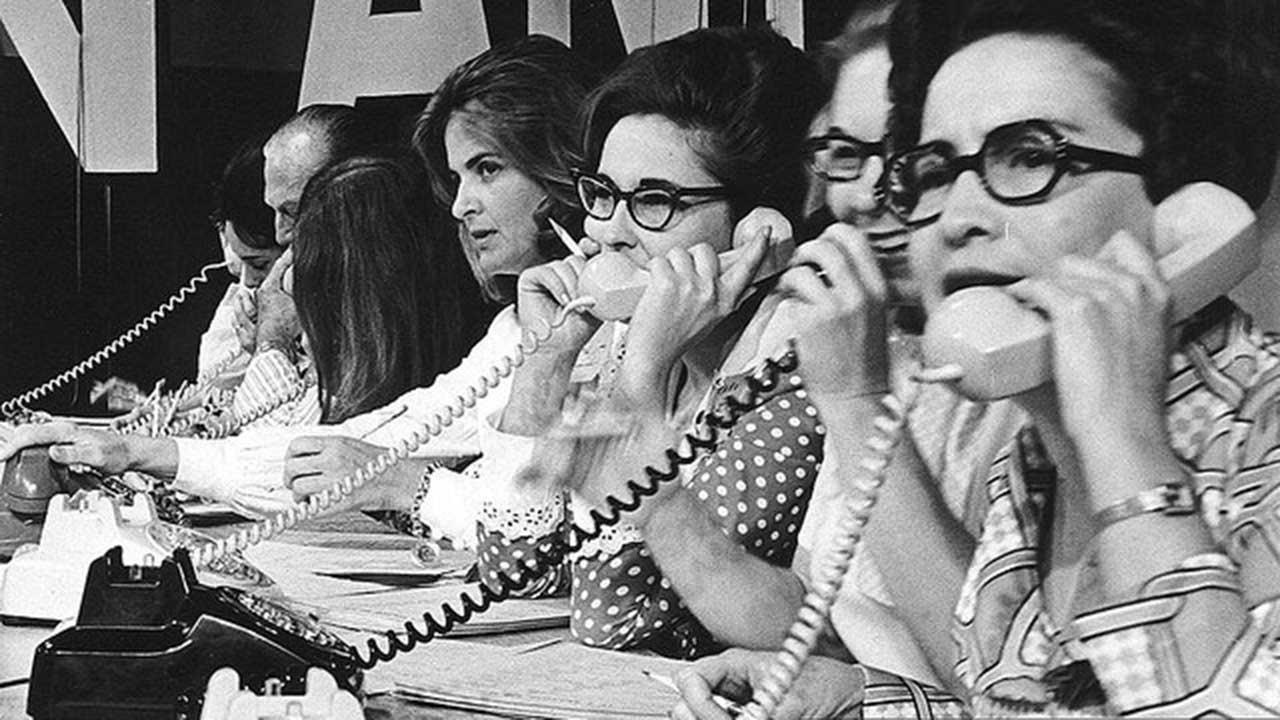
KLRN history
KLRN-TV Channel 9 began operations in September 1962 as a joint-city licensee serving both San Antonio and Austin with a transmitter located in New Braunfels. The transmitter was provided by San Antonio television pioneer Bob Roth and had been originally used by Roth's station, KSAT.
The station's license was held by the Southwest Texas Public Broadcasting Council, a community organization with members from Austin, San Antonio, and other communities in the region. Primary broadcast operations at that time were located on the campus of the University of Texas at Austin.
San Antonio operations were temporarily located in leased facilities at the Cambridge Elementary School. In 1968, the San Antonio studio relocated to rented space in the Institute of Texan Cultures building on the HemisFair grounds.
In 1979, a second transmitter also licensed to the Southwest Texas Public Television Council began operation in Austin as KLRU-TV Channel 18, to serve the central Texas area. In 1980, separate governing boards for each station were formed, organized under the original licensee Southwest Texas Public Broadcasting Council. In 1984, the original New Braunfels transmitter was shut down and replaced by a new transmitter located in San Antonio. For the first time, the city of San Antonio had full broadcast coverage by its own public television station.
In 1987 Southwest Texas Public Broadcasting Council was dissolved and governance of KLRN became the sole responsibility of the Alamo Public Telecommunications Council. Channel 9's broadcast operations continued from the HemisFair studio until the Spring of 1994 when station operations moved to the new permanent facility at 501 Broadway.
The 501 Broadway site was built in 1924 to house the San Antonio Buick Company, later known as Spires Buick. With substantial community support, KLRN bought and renovated the existing building and added a studio wing, bringing the total facility square footage to about 36,000 square feet.
After four decades of broadcasting, KLRN moved into the age of digital to meet an FCC mandate covering all television stations. DTV broadcast services began on May 1, 2003. KLRN provides High Definition TV, Multiple streams of Standard Definition TV and Datacasting. These digital broadcast technologies greatly expanded the station’s opportunities to serve the educational needs of our region and diversify the ways KLRN meets its mission as The Learning Place.
In addition to the studios and other technical facilities, the building houses a Community Resource Center, which is used for meeting space and teleconferences by the station and outside clients. The studios are used for local, regional and national productions, and have provided production services for the NewsHour on PBS and other programming services.
KLRN is PBS. No one else does what we do.
We get kids ready to learn and we give you opportunities to explore the world around you. We are America’s largest classroom, we turn your living room into the nation’s largest stage for the arts, and we provide a trusted window to the world—and have for over 50 years. Spend some time with us.
Memorials & Tributes
Your contribution to the KLRN Endowment Fund, Inc., either in memory of a loved one or in honor of a special friend or occasion, is a perpetual gift that will help provide for the future of KLRN public television for generations to come. The principle remains untouched, and only a small percentage of earnings on the principle is distributed to the station.
To make a gift, contact Lauren Esquivel at lesquivel@klrn.org or call her at (210) 208-8446. You may also call the station at (210) 270-9000 and ask for Lauren.

